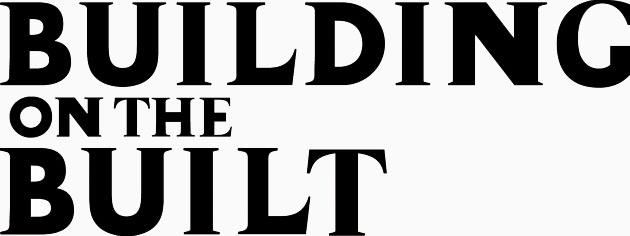Tuckey Design Studio: Street Front Living
Speculative Proposal - Tuckey Design Studio
JTD As the high street economy fades in the face of a pandemic, ground level retail units are becoming increasingly unoccupied; once vital and vivid street fronts are boarded up, benefitting neither the street nor the new users struggling to adapt the plots into suitable living spaces. With tenants needing more affordable housing more than ever, and retail property owners trying to find solutions for the occupation of their units, the Street Front Living proposal addresses an urgent crisis, and proposes a long-term solution.
In the form of a new design for the adaptation of the ubiquitous storefront, the proposal aims to revive shops into adaptable and flexible living units in a way that can be beneficial for both store owners and tenants. Providing a much-needed vision for the units, communities and the everyday streetscapes that are familiar to all, the design will consider a single unit of this former high-street, and aim to serve as an adaptable model for other unoccupied storefront typologies.
The successful implemetation could foster the rehabilitation of local communities, grant shop/living flexibility and offer an opportunity to return the vitality and joyfulness that defines the UK high street.
The ground floor ‘storefront’ is a familiar typology of every high street across the country, serving both the needs of the shop to display goods and wares, and the life and charm of the street. Although commonplace, these traditional shopfronts are carefully considered, articulating a complex range of details by negotiating the boundary between street and shop, and internal and external.
The Street Front Living proposal recreates the qualities, character and values of the familiar typology whilst adopting a new form suited for use as a living space.
The proposal takes the form of an external addition that replaces the existing front façade. Framed by the original fascia and pilasters, a timber framed glazed box steps out from the building line and recedes at the doorway. Taking inspiration from Victorian pubs, the design features pull-down seats that fold into the panelled stallrisers, aiding the revitalisation of the street by accommodating spaces for sitting.
Together with the awnings, the stepped façade, and the retention of the original pilasters and fascia, the proposal creates a lively and animated scene that recreates the character of the traditional street front.
Daylight is maximised with the external addition of a ‘reversed awning’; a reflective shutter installed on the upper portion of the windows that reflects sunlight deeper into the interior.
The inspiration of the reflective shutter is taken from 19th and 20th Century formerly Victorian shopfront additions that placed makeshift panels on the upper portions of their windows to reflect natural light inside. Installed as lightweight additions onto the external façade, they resemble a timber counterpart to a typical shop awning.
The proposal provides a new sense of privacy between the exterior and interior, and a greater opportunity for light to enter from the sides.
The distinction of privacy is strengthened by the addition of a folding timber panelled shutter. Opening and closing the shutter allows a connection and separation of the new addition, granting a flexible privacy for occupants. Importantly the screen allows the unit to function when closed as a display space for shop products whilst allowing daylight to enter the living space behind.










